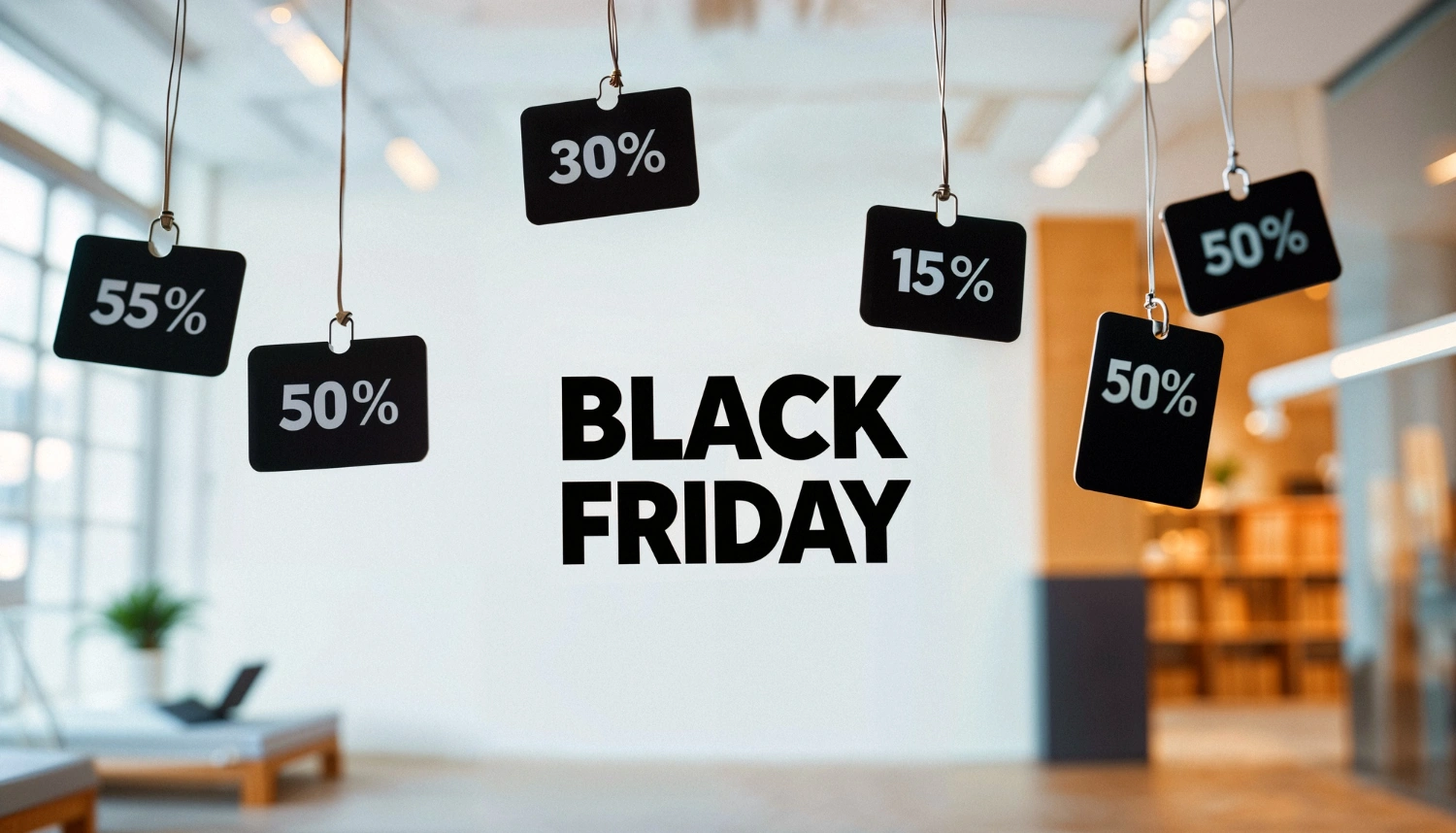For eCommerce brands, paid advertising is no longer optional—it’s the lifeline that drives traffic, sales, and long-term customer growth. But the biggest question for online store owners in Canada, the U.S., Australia, and Belgium is: Should I invest in Google Ads, Meta Ads, or both?
The answer depends on your products, audience, and growth goals. Let’s break it down.
Understanding the Platforms
Google Ads: Capturing High-Intent Shoppers
Google Ads places your products in front of people actively searching. Someone typing “buy running shoes Toronto” or “affordable home decor Sydney” is showing purchase intent. That makes Google Ads particularly powerful for:
- High-demand consumer goods
- Seasonal products (holiday gifts, Black Friday deals)
- Competitive niches where timing matters
Key Features for eCommerce:
- Google Shopping Ads: Showcase products with images, price, and reviews directly in search results.
- Search Ads: Capture people searching brand-specific or product-specific terms.
- Performance Max Campaigns: Use AI-driven ads across search, YouTube, Gmail, and Display.
Meta Ads: Building Desire & Brand Awareness
Meta Ads (Facebook & Instagram) focus on discovery and impulse buying. Shoppers may not be searching for “handmade candles in Brussels,” but seeing a well-crafted ad in their feed can spark instant interest.
Key Features for eCommerce:
- Carousel Ads: Showcase multiple products in one swipeable format.
- Dynamic Ads: Retarget users with products they viewed but didn’t buy.
- Lookalike Audiences: Find new customers similar to your existing buyers.
Pros & Cons of Each Platform
Google Ads
- High-intent audience (people ready to buy)
- Strong ROI for competitive keywords
- Excellent for bottom-of-funnel conversions
- Costs can skyrocket in competitive industries
- Requires strong product feed & SEO-friendly structure
Meta Ads
- Great for discovery & impulse buys
- Strong visual storytelling for lifestyle products
- Advanced retargeting & audience-building
- Lower intent—many users aren’t ready to purchase immediately
- Tracking challenges due to iOS privacy updates
Which Platform Works Best for eCommerce Stores?
For Immediate Sales → Google Ads
If you sell in-demand products (electronics, apparel, beauty), Google Ads ensures your store is in front of ready-to-buy customers.
For Brand Growth & New Markets → Meta Ads
If you’re launching a new product line or targeting lifestyle-driven buyers, Meta Ads help you build awareness and community around your brand.
For Maximum Growth → A Hybrid Approach
The most successful eCommerce brands combine both:
- Use Google Ads to capture bottom-funnel, high-intent shoppers.
- Use Meta Ads to generate awareness, retarget cart abandoners, and build long-term customer loyalty.
Final Word
In Canada, the U.S., Australia, and Belgium, eCommerce businesses can’t afford to pick just one platform blindly. Google Ads and Meta Ads serve different purposes, but when used strategically together, they create a powerful full-funnel system—driving discovery, capturing intent, and maximizing lifetime value.

